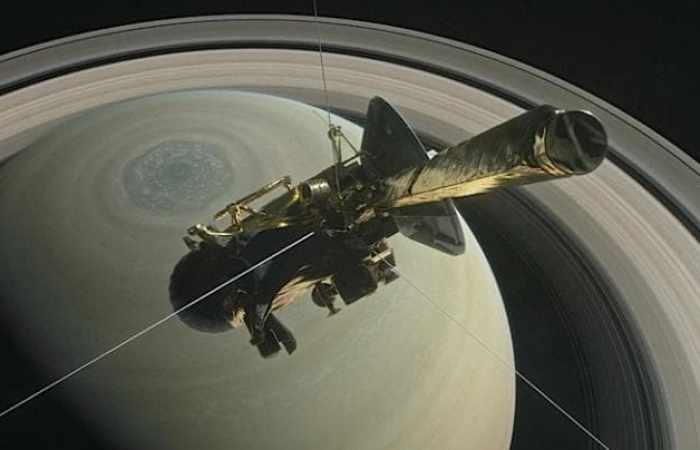What today's Google Doodle means?

But Nasa must destroy Cassini. That is in part because doing so furthers the work of planetary preservation, ensuring that the craft doesn't go on to drop its life on Saturn or elsewhere, helping plant life that could upset anything that already exists there and stop us seeing whether or not there is alien life in our universe.
Cassini has already done a great deal to advance that search for extraterrestrials.
Earlier this month, Nasa announced that Cassini had found molecular hydrogen when it flew through plumes coming out of Enceladus, one of Saturn's moons. That discovery was a huge leap forward in the search for any neighbours in our solar system, since it suggested that the icy planet has all of the elements for alien life.
But Enceladus was something of a spectacular afterthought for Cassini. Most of its mission was to look at Saturn and its rings – and it has done that in spectacular style, with Nasa only this week releasing a stunning picture of the Earth taken through Saturn's ring, with our own planet looking tiny and insignificant in the distance.
In the weeks before Cassini is destroyed later this year, it has been completing final visits to the moons and rocks that it has taken pictures of in the years it has been active. On 21 April, it brushed past the moon Titan for the last ever time, sending back stunning images of its surface.
It will now begin the 22 orbits around Saturn that will constitute its grand finale. As it passed Saturn, there was no turning back – the Cassini spacecraft is now in a fatal ballistic path, meaning that it will enter into Saturn's orbit and destroy itself whatever its Nasa controllers did now.
/The Independent/















































